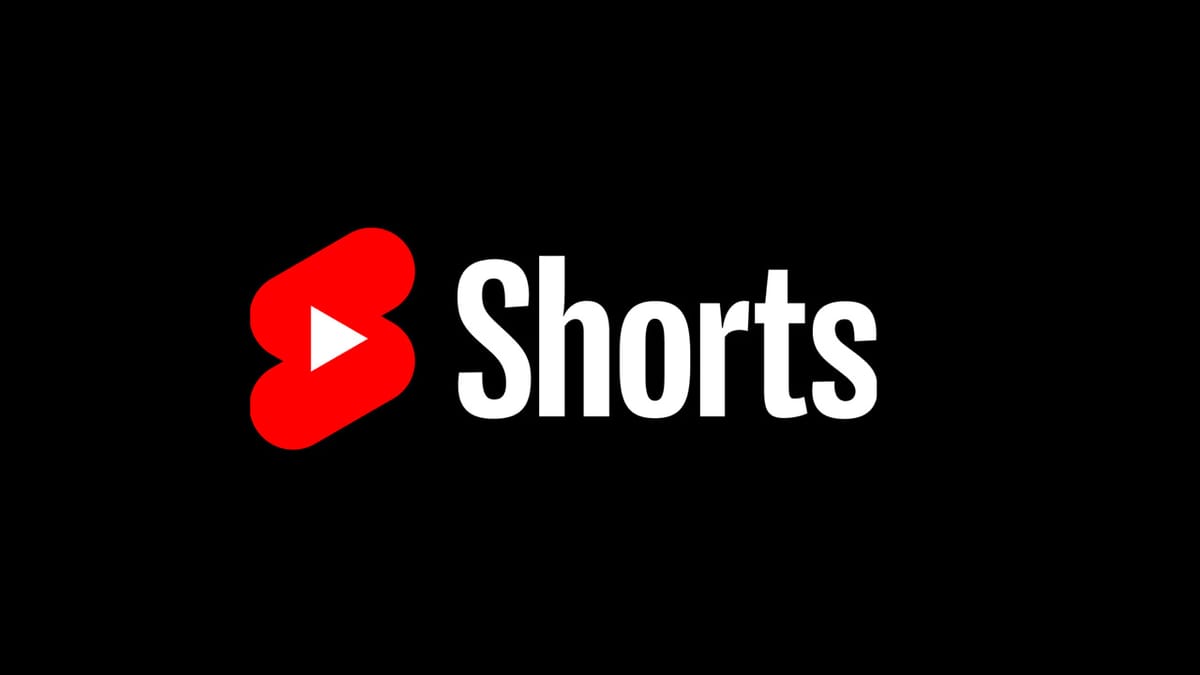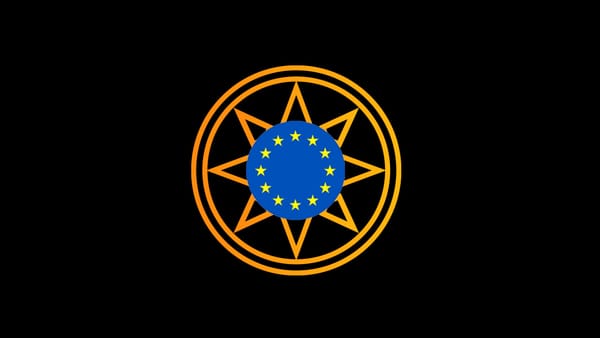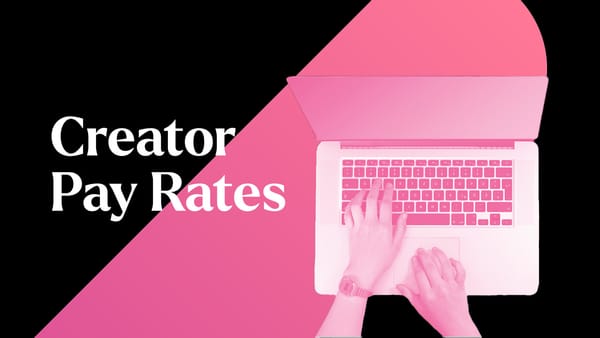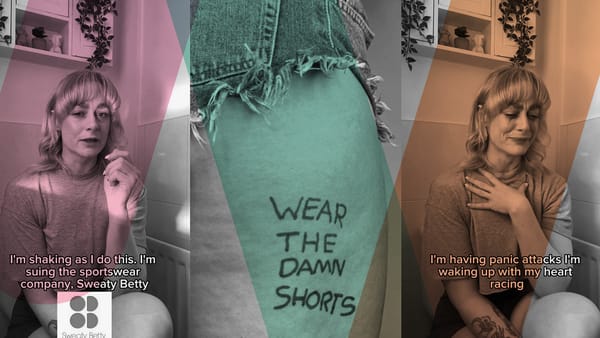With the recent integration of YouTube Shorts into Google search desktop results, a unique opportunity has emerged for influencer marketers to harness the power of social search. YouTube Shorts, YouTube’s own short-form video platform, seems like the perfect answer not only to level out the TikTok and Instagram Reels playing field, but also to solidify Google’s search engine status.
Social searching is becoming increasingly popular, especially among Gen Z, who rely on social media for recommendations and tutorials. A survey by Adobe revealed that 41% of consumers now use TikTok as a search engine, with that number skyrocketing to 64% among Gen Z.
Why did Google add YouTube Shorts to search results?
Google still takes the crown as the world’s biggest search engine, but it’s evident that short-form video platforms are growing as a place people go to find answers, expand their knowledge and stay updated on news. By adding YouTube Shorts to Google search results, the search giant has cleverly adapted to the growing trend, ensuring users keep turning to their platform for more than just traditional web content.
For influencer marketers, it’s a game-changing moment. This is an opportunity to leverage the power of short-form video not only for visibility on YouTube but also within Google’s huge search system. Let’s explore how marketers can tap into this shift and fully utilise YouTube Shorts—and other short-form platforms—to elevate their social search strategies.
Why is social search important?
For users, social search helps them find more current and relevant content made by influencers and other users on social media. It’s often more personal and niché, like asking “island girl aesthetic outfits for summer 2025” rather than asking a broadly answered question like “how to tie a tie.”
Influencer marketers now have a valuable opportunity to optimise their content for social media activity and traditional SEO, increasing their visibility in search results. Social search highlights the need for an active and optimised social media presence across multiple platforms.
The power of short-form content in search
Short-form video content, like YouTube Shorts, is designed for quick consumption. While Shorts are capped at 60 seconds, users often drop off in the first 30 seconds of any video, making it crucial to capture engagement early on. Influencer marketers must deliver value quickly to keep viewers engaged and boost their chances of ranking higher in search results.
It’s also important to tailor your content to each platform. For example, Instagram is often where users go to find inspiration, YouTube is full of tutorials and longer how-tos, and TikTok has an abundance of reviews and cheaper product alternatives.
Combine search terms with popular content formats
According to the Adobe 2024 survey, business owners found that video tutorials performed the best, along with creative content related to the product, reviews or memes.
Optimising content by using key search terms in your captions, comments and hashtags can improve its visibility in search results on any platform.
Google Trends, TikTok creator search insights and influencer analytics can all help boost your search position. By combining the social aspect of content with SEO tools, creators can create enjoyable content and climb higher on social media search results.
A new era of influencer marketing
Google’s integration of YouTube Shorts into search results presents a new era for both social search and influencer marketing. Influencer marketers now have the opportunity to optimise short-form video content for both YouTube and Google, improving their chances of being discovered across both platforms.
By understanding short-form content, tailoring videos to specific platforms, and catering for SEO, influencer marketers can elevate their presence in search results.








